Treating the First Signs of Facial Aging
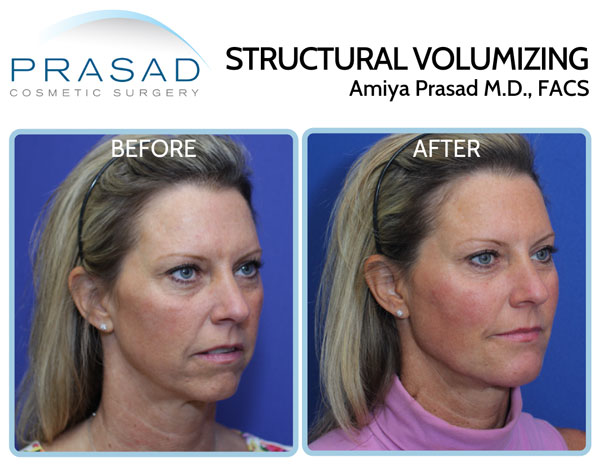
When it comes to facial aging, it’s common to think of wrinkles, sagging skin, and the loss of a youthful glow. This focus on the skin often leads to frustration with creams and skin-tightening procedures. What’s frequently overlooked is the loss of volume in the bone structure, muscle, fat, and soft tissue beneath the skin.
The Importance of Volume in Treating Facial Aging
Treating facial aging, and strategies to help people look their best at any age are major focuses throughout my career. My approach is problem-based, developed in response to patients who were dissatisfied with previous treatments by both surgeons and non-surgeons.
Recommendations often come with biases and limitations, particularly when physicians and non-physicians direct patients toward specific procedures based on their own scope of knowledge and experience.
My Unique Approach to Facial Rejuvenation
As a surgeon, I realized I could help my patients by combining new products and procedures with a unique perspective that many of my colleagues don’t have, and generally choose not to develop. I’m aware of how people are often drawn to so-called “revolutionary” and “miraculous” solutions promoted by profit-driven agendas, which often prioritize short-term results over long-term consequences.
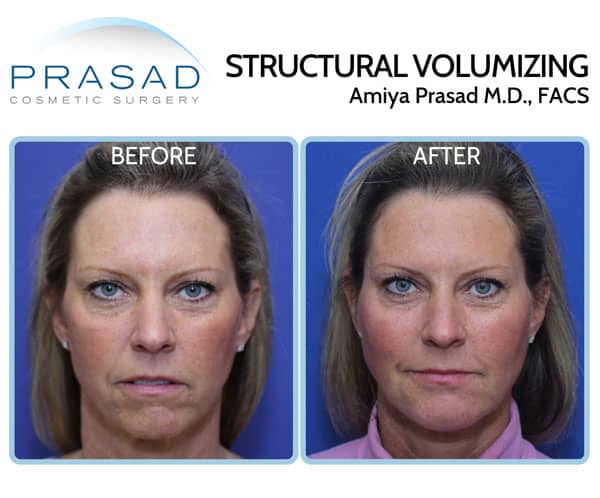
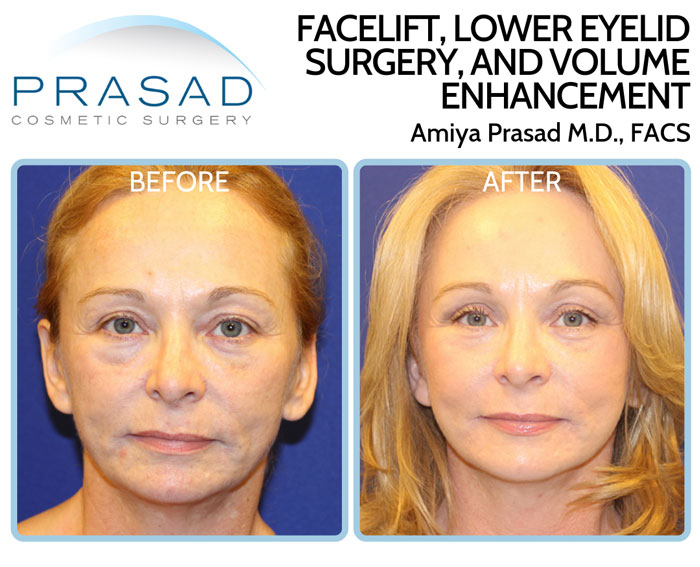
By applying my knowledge and experience from surgical procedures like facelifts and cheek implants, to non-surgical solutions such as injectable fillers, I’ve achieved highly successful outcomes that align with patient needs.
I spend considerable time educating my patients so they fully understand their individual situation. This allows me to make recommendations that maximize results with safety, predictability, and quicker recovery.
There are five general areas of concern that often draw attention to facial aging:
- Fine lines and wrinkles
- Deeper lines such as nasolabial folds, and marionette lines
- Loss of definition in the cheeks, jawline, and chin
- Thinning of the lips, and lines around the mouth
- Drooping of the eyebrows and eyelid skin, as well as puffy fat pockets in the upper and lower eyelids
The Role of Volume Enhancement in Aging 30s - 40s
Fine lines and wrinkles can indicate a loss of skin quality due to decreased collagen, fat, and support under the skin, with facial volume loss, particularly in bone and soft tissue playing a critical role. This loss is comparable to the foundation of a building collapsing, causing the exterior to fold inward, leading to a loss of projection, and deepening of lines and wrinkles.
Many people believe that tightening the skin is the solution to aging. However, a youthful face isn’t characterized by tightness, but by volume and balanced proportions. The soft, cushioned appearance of the skin contributes to the perception of youth. Age-related volume loss occurs slowly, and when comparing photos from your early 20s to those in your late 30s or 40s, the effects of volume loss become apparent. Bone loss is particularly significant, as even a few millimeters can result in a noticeable decrease in facial volume.
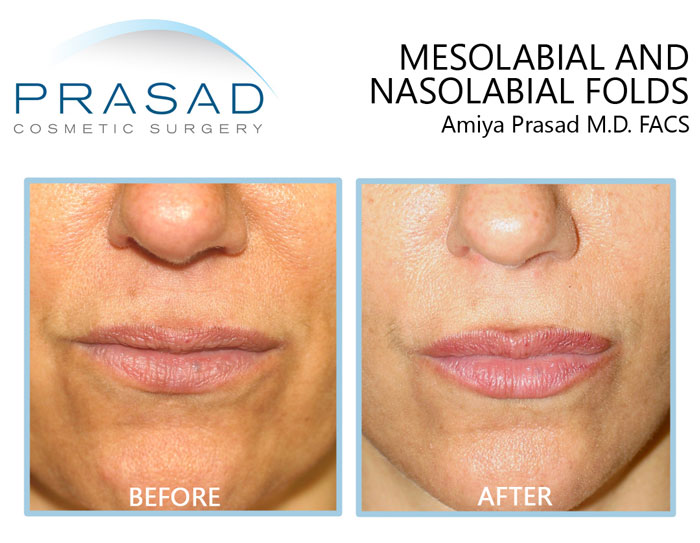
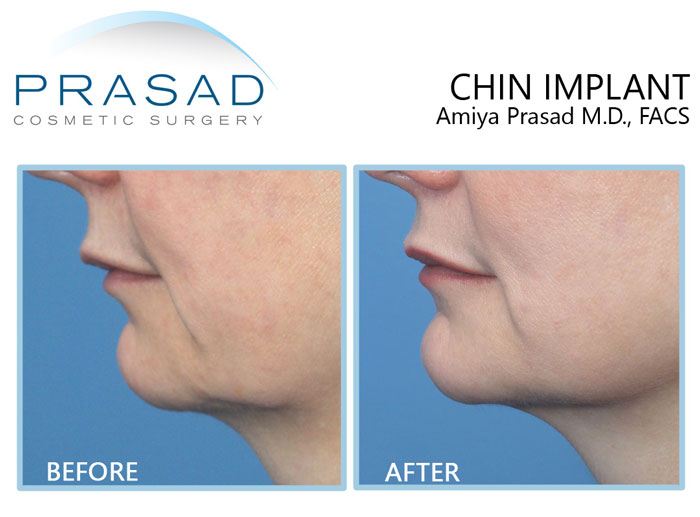
During consultations, I educate my patients about this and discuss strategies to improve their appearance from the inside out. By “inside,” I mean improving volume at the bone level, followed by the soft tissue, and finally addressing the skin.
Facial Volume Loss Restoration Techniques
Facial Implants
In the past, restoring facial volume was approached by the placement of facial implants, which I would use different sized implants to restore volume in these respective areas. I also used to perform volume augmentation with fat grafting. This procedure involved harvesting fat with liposuction, processing the fat and then placing the fatty tissue under the skin. These procedures did come with advantages and disadvantages, which were discussed with my patients prior to surgery.
These procedures were the best options in the past due to the limitations of the fillers available at the time. However, recent advancements in filler technology, particularly in hyaluronic acid fillers, have revolutionized my approach to facial aging.
Dermal Fillers
Certain hyaluronic acid products are now more substantial and last for over a year, allowing for precise and predictable placement at the bone level with minimal recovery time. Restoring facial volume with these fillers can also have a lifting effect by providing added support to the skin and soft tissue. Interestingly, restoring facial volume can also have a lifting effect. A certain percentage of sagging of the skin is from the loss of support resulting from bone and soft tissue loss. Restoring volume has a lifting effect as the added volume supports the skin and soft tissue. Facial fillers are very popular amongst many doctors.
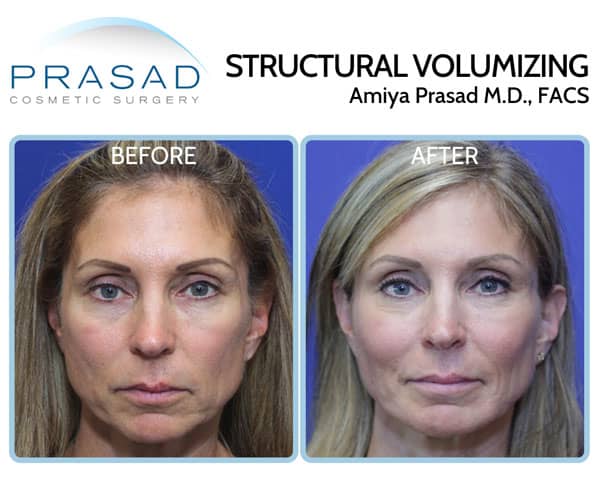
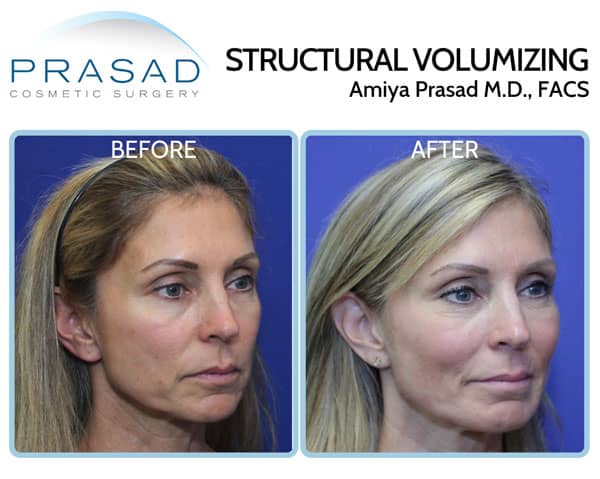
However, technique and experience are critically important in achieving natural results. Most doctors inject fillers just below the skin, which can lead to a soft, doughy, and swollen appearance, commonly referred to as a “pillow face.” This look is far from the firm, structured facial volume of a youthful face.
Structural Volumizing
I perform facial filler placement with techniques which are performed by a few doctors called Structural Volumizing. Placing filler at the bone level below the facial muscles puts volume where it’s needed, at the foundational level. The resulting shape creates better definition to the face instead of the soft and rounded look so commonly seen. Placing filler at the deeper level of the bone structure under the muscles with minimal trauma is technically challenging.
As a facial cosmetic surgeon who performs facelift and facial implant surgery, I know this anatomy very well. I do see patients for corrective work or revision who previously went to physicians and non-physicians who lack this type of experience and understanding. Part of my approach is to place fillers with instruments such as blunt cannulas instead of needles. Blunt cannulas cause less trauma to the skin, soft tissue, and muscle, so bruising is minimal, if there is any at all.
This strategy of Structural Volumizing can be applied to the cheeks, brows, temples, tear trough, mid-face, jawline, and chin. Volume loss at the mid face, and lower face causes deepening of lines around the nose and mouth, known as nasolabial and mesolabial folds. commonly referred to as smile lines, laugh lines, and marionette lines. Structural Volumizing of the midface and lower face restores balance with the upper face. In addition, restoring soft tissue volume and application of neurotoxin can change the look from aged and tired to youthful and friendly.
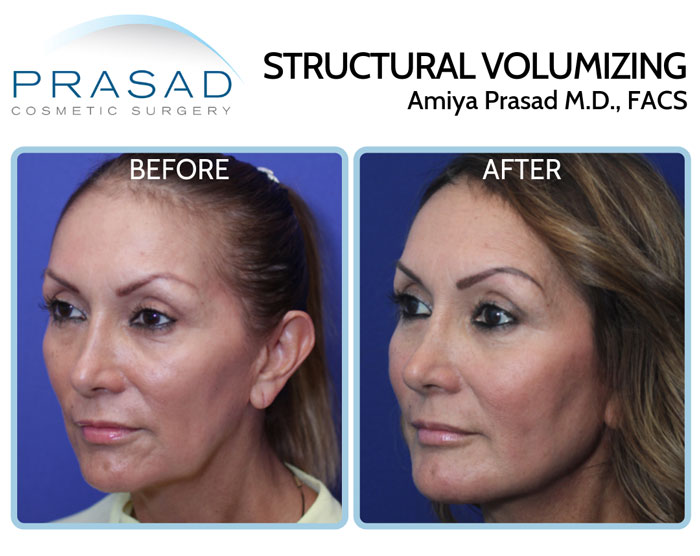
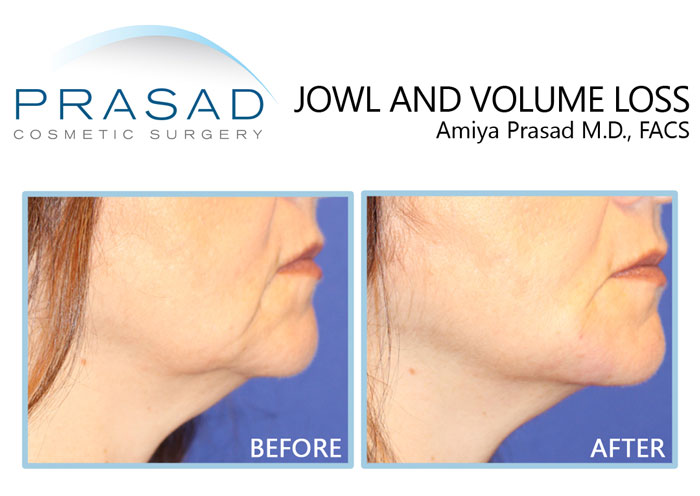
As volume is lost in the jawline, particularly in an area called the mandibular notch, the continuity of the jawline accentuates the appearance of jowls. Placing volume in this area can give the jawline more continuity and definition, resulting in significant improvement of jowls.
In addition, the chin typically loses projection with age. Structural Volumizing can restore projection to the chin, and can be placed in a way that resembles the shape of a chin implant creating smoother continuity with the jaw.
At this time, I use longer lasting hyaluronic acid fillers for Structural Volumizing such as Juvederm Ultra Plus and Juvederm Voluma. These fillers can last up to two years, before they are gradually and safely metabolized by the body.
Facial Fillers Recovery
As far as recovery from a procedure is concerned, there is minimal swelling from a small amount of local anesthetic, and most people go back to work the same day, or the next day.
This procedure has been very helpful for my patients who need to look good on short notice. Events such as weddings, birthdays, and reunions inspire a lot of my patients to come in and do this procedure. As a routine, I see patients after two weeks to see how everything has settled. This is a time when an enhancement can also be done for subtle improvement.
The effects of Structural Volumizing can be dramatic, and restore appearance with confidence in a few minutes. This has been an ideal procedure for people who come in thinking that they need a facelift, but in reality are better candidates for volume correction. This type of volume enhancement has a remarkable impact on the face without surgery. I hope you found this information helpful.
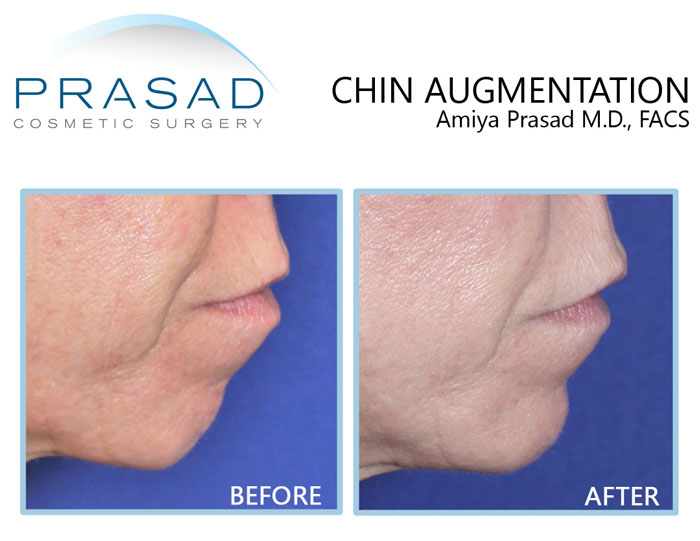
Medi Spa Manhattan, NYC and Garden City, Long Island, New York
Dr. Amiya Prasad is a Board-certified cosmetic surgeon, and a Fellowship-trained oculoplastic and reconstructive surgeon. He has been practicing in Manhattan, New York City and Garden City, Long Island, New York for over 25 years. He routinely performs non-surgical procedures, such as injectable filler treatments to address age-related facial volume loss and rejuvenation.
If you’re interested in recommendations for your individual situation, you may contact us by filling out the form below or by calling any of our offices at (212) 265-8877 for Manhattan, New York City; (516) 742-4636 for Garden City, Long Island; or (703) 356-1336 for Vienna, Virginia.

